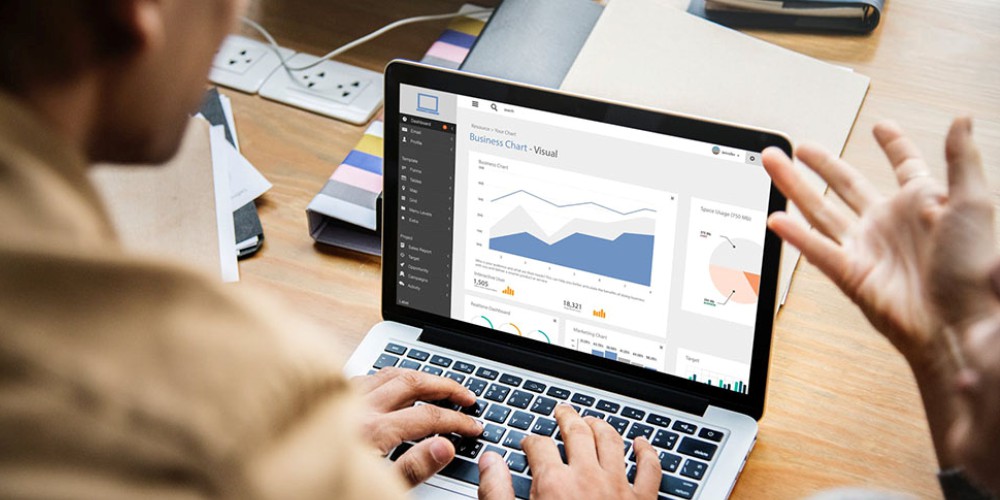Everyone in the world of tech seems to be talking about big data. But what exactly is big data, and why is it useful to businesses? In today's world of information overload, it is imperative that businesses analyze extremely large data sets (big data) to extrapolate patterns, trends, and correlations to predict future performance and growth. The use of big data helps an organization make more informed business decisions. Closely related to big data is predictive analytics that provides insights and actionable intelligence. With time, the use of predictive analytics has now started to show up in verticals that impact the overall operations of an organization.Human Resource Management (HRM) is a vital arm of any business.
They manage the entire lifecycle of an employee, from talent acquisition and training to performance evaluation and upskilling. The nature of the interaction between HR and employees creates an immense amount of data that can be used to anticipate employee behavior, productivity growth (or the lack of it), skill gaps, and training requirements, among other critical areas demanding sustained attention.We have identified top five HRM functions that are driven by predictive analytics:
1. HR Metrics This determines the effectiveness of various HR programs and initiatives, including training, return on investment (ROI), cost per hire, attrition, etc. Since HR metrics are indispensable in determining an organization's recruiting budget, the use of predictive analytics can significantly reduce overheads by providing a fairly accurate estimate of what is needed in the planning phase.
2. Performance Management Linear measurement of performance on a scale does not necessarily provide a true measure of an employee's value to the organization. Use of predictive analytics gives HR more insight into what an employee brings to the table over a substantial period of time.
3. Future Workforce Planning Predictive analytics helps in looking at historical data and other events during the course of a year to help HR plan and predict workforce needs. This makes the HR more proactive and prevents the organization from losing top-performing employees to competitors.
4. Employee RelationsHappy employees make an organization prosper. Predictive analytics is able to understand employee motivation levels as well as needs, and provides clear communication strategies that help strengthen employee relations. This is done by crunching numbers and other intangible metrics to provide a visual insight into the thought process of all employees.
5. Talent RetentionAttrition management is the panacea that all HRs seek. The use of predictive analytics to understand what caused employees to quit in the past gives managers and team leaders an opportunity to proactively manage team issues before they spiral out of control.
Bringing It All Together Predictive analytics is not the silver bullet for complex HR functions. However, together with human input for interpretation and application, it makes for a great next-gen go-to-tool for HR professionals.

